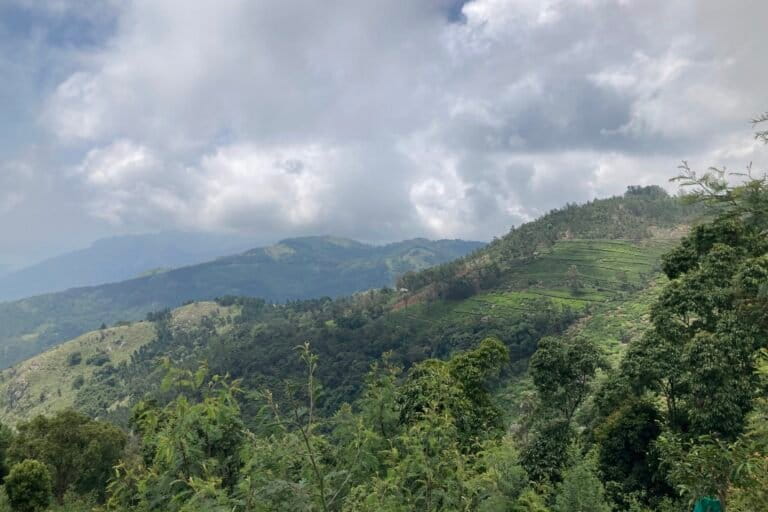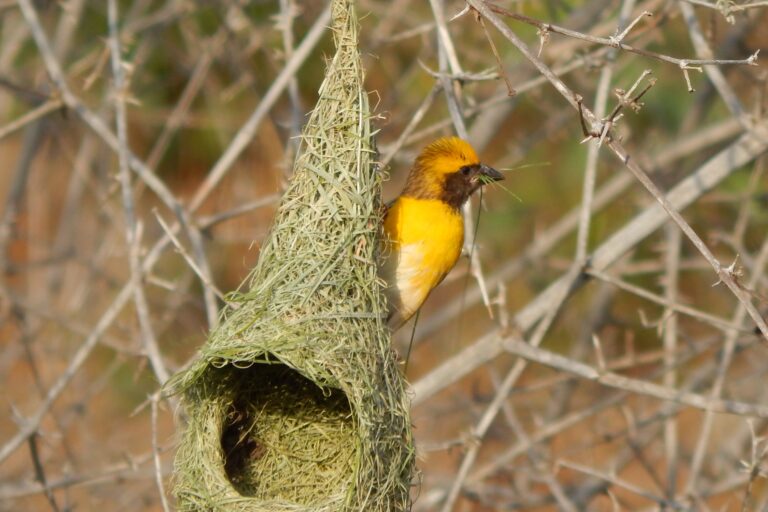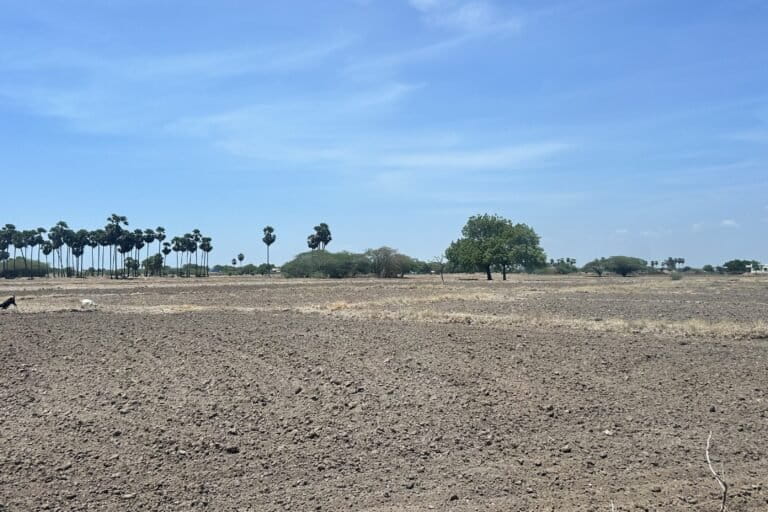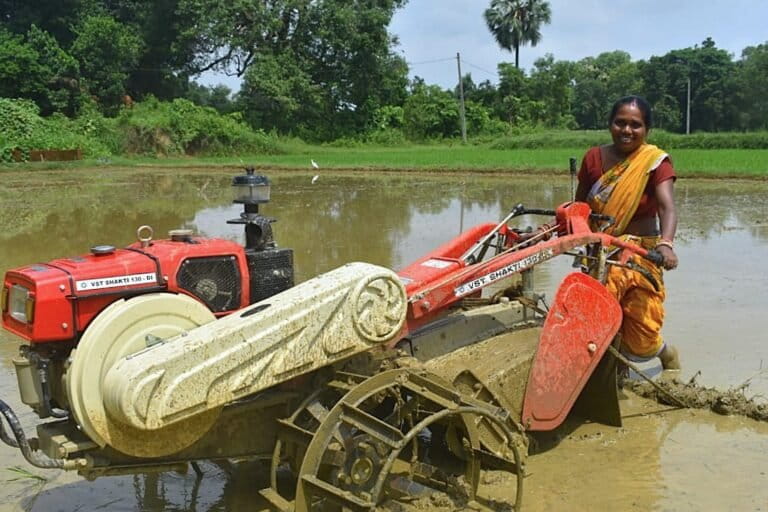- After the drop in wheat production due to heat waves, extreme weather events have now cast a shadow on rice production, which is likely to drop beyond centre’s initial 6% loss estimate.
- In six years (2015-21), the country lost 33.9 million hectares of the cropped area due to floods and excess rains and 35 million hectares due to drought, which are likely to intensify as various studies predict.
- Centre recently assured of developing climate-resilient varieties and district-level contingency plans to deal with the emerging climate crisis. Experts say a lot more needs to be done.
After a difficult two years of the COVID-19 pandemic, Manjeet Singh was hopeful that 2022 would bring some cheer. A farmer from Harigarh village in Punjab’s Barnala district, Singh owns 4.04 hectares of farmland, his only source of his livelihood. But a series of extreme weather events this year led to financial losses, dampening the optimistic note he started the year with.
There was a sudden unexpected increase in temperature in March this year. This coincided with the time the wheat crop was at a maturing stage, he shares. As a result, there was a drop in production. Wheat production from Singh’s farm, in previous years, has been about 48-50 quintals per hectare. This year, his farm produced only 38 quintals per hectare – a drop of about 10 quintals per hectare. This, in turn, brought down his income by Rs. 20,000 per hectare. Singh gets Rs. 2,015 per quintal as the minimum support price (MSP) set by the government.
“If this was not enough, my paddy crop, too, suffered losses due to recent rainfalls,” added Manjeet Singh. He explains, “When the crop was almost ready to harvest, there was heavy rainfall in the last week of September, followed by another two-day rain spell between October 7 and 8.” The unexpected heavy rains, he said, prolonged harvesting and increased his input cost on anti-pesticide sprays. It also reduced crop production by 7-8 quintals per hectare and with that, there was further loss of income.
The variations in weather are increasingly challenging for the agriculture sector. As per Indian Meteorological Department (IMD), September rainfall was in excess of 82% in Haryana, a record after 1945. Similarly, Punjab also received 30% more rain, the first time since 1988.
There is significant crop loss associated with these weather events. In Punjab, as Gurvinder Singh, director of the state’s agriculture department, told Mongabay-India, rainfall in September damaged 1.39 lakh (139,000) hectares of paddy area. This is nearly 5% of the total crop area of three million hectares in the state. Similarly, unseasonal heavy rain damaged nearly 20% of the 1.3-million-hectare crop area under paddy in Haryana, informed Hardeep Kadian, director of the agriculture department in the state.
Singh, the Punjab agriculture director estimates a production loss of 2% to 5% in the state, while Kadian says production damage may touch 10% in Haryana.
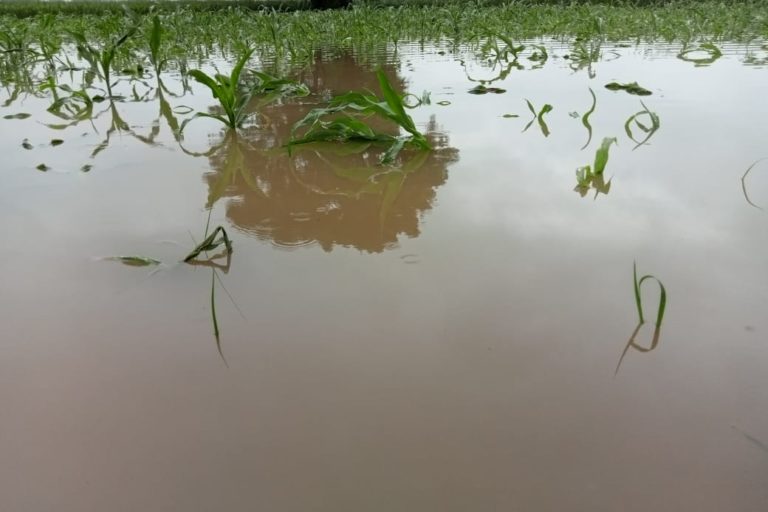
Besides Punjab and Haryana, Uttar Pradesh (U.P.), the second-largest rice-producing state, received unseasonal heavy rainfall in October when farmers were getting ready for harvest. IMD’s latest data revealed that 65 out of 75 districts in U.P. received large excess rainfall.
Rajesh Kumar Gupta, the in-charge, U.P. agriculture department’s statistic wing, told Mongabay-India that the total paddy area in U.P. this year is 5.9 million hectares. At the beginning of the season, deficient rainfall had affected almost 1.5 million hectares of sowing. “We made a handsome recovery with sufficient rainfall in August and September. But just before the harvesting, extreme rainfall in the first ten days of October damaged paddy area up to 2.5 lakh (250,000) hectares,” informed Gupta. He said, “This, we fear, will bring our paddy production down from 16 million tonnes in 2021 to 14.5 to 15 million tonnes this year, a production loss of approximately 10%.”
This certainly is not good news for India’s rice production, which already fell by 6% in the Union agriculture ministry’s first advance estimates released on September 21 this year.
The paddy season was already affected by deficient rainfall and subsequent fall in paddy areas in Bihar, Jharkhand, West Bengal and Madhya Pradesh (M.P.). Then, after the rain-deficient sowing period, the excess rainfall just before harvesting, in important rice-producing states, cast a further shadow, with losses in overall crop production this year.
G. V. Ramanjaneyulu, executive director at Centre for Sustainable Agriculture in Hyderabad, told Mongabay-India that overall, the loss to rice production this year could touch 10% due to recent weather events.
Government policies reflect situation of food grain
While union agriculture minister Narendra Singh Tomar recently stated in parliament that there was no food grain crisis in the country, the impact of extreme weather on agriculture is being recognised in government policies. The centre, on September 9, roughly two weeks before releasing the first crop estimate, banned the export of broken rice in the wake of production concerns and domestic demand. Similarly, earlier this year in May, the country banned wheat export after unseasonal high temperatures in March affected the crop production. As per IMD, March was the warmest since 1901, when temperature record-keeping began in the country.
Pavneet Kaur Kingra, head of the Department of Climate Change and Agricultural Meteorology at Punjab Agricultural University, told Mongabay-India that the temperature rise limited the development of the grain, leading to shrivelling of wheat grains. While the average temperature hike may be 4%, there were days when the temperature had hiked by 7-8%, Kingra added.
On how one should interpret the increase in temperature, she said that it is a clear sign of climate variability, which is influenced by climate change and global warming.
69 million hectares of crop area lost in six years
Hydro-meteorological calamities, including heavy rainfall and floods, have damaged 33.9 million hectares of India’s cropped area between 2015-16 and 2021-22, as per the ministry of agriculture data tabled in the recent monsoon session of parliament.
The drought – an event arising out of scanty and deficient rainfall – was equally destructive. About 35 million hectares of cropped area (where crop loss was 33% and above) was damaged between 2016-17 to 2021-22, according to data obtained by this journalist in the last week of October, under the Right to Information (RTI) Act, provided by the drought management cell of the Union Ministry of Agriculture and Farmer Welfare.
A close look at both these data sets revealed that Rajasthan, Karnataka, Madhya Pradesh, and Maharashtra were among the most affected states, which faced crop losses from drought and excess rainfall. Other states where floods and heavy rains were predominant factors for crop loss were Bihar, West Bengal, Uttar Pradesh, Assam, Gujarat, and Odisha.
The fact that most of these affected states are not geographically connected indicates that the issue of climate variability and its impact on agriculture is widening.
These states were also found vulnerable in IMD’s 2021 report, which studied monsoon rainfall variability over 30 years (1989- 2018). The IMD report revealed that seven states witnessed decreasing rainfall trends during these years, while 12 states witnessed increasing rainfall trends during the same period. IMD analysis of this year’s monsoon presents a similar trend. It revealed that only 40% out of 703 districts in India had average rainfall.

In 2016, the Ministry of Science and Technology released a report which said that agriculture in the country was highly prone to climate change. The uncertain weather, especially drought, may affect production loss and the quality of fruits as large area of agriculture was still rainfed, the report said.
As per the ministry of agriculture data, 67.79 million hectares out of 180 million hectares of total agricultural land in India is still unirrigated. This makes 40% of the agriculture in the country dependent on rain, which is now constantly experiencing variations. These vulnerabilities will have a direct impact on people. The International Food Policy Research Institute’s (IFPRI) Global Food Policy 2022 report has warned that climate change may push 90 million Indians towards hunger by 2030. It has listed a decline in agricultural production and disruption in the food supply chain, reason for future crisis.
Centre says finding solutions, experts say not enough
As per the agriculture ministry’s statement in parliament, the government is finding ways and initiating steps to tackle the increasing temperature and heavy rainfalls. It claimed to have conducted field-trails of 177 varieties developed by the Indian Council of Agriculture Research (ICAR) and different state agriculture universities for climate extremes like floods, droughts, heat waves etc. The ministry also claimed to have formulated District Agriculture Contingency Plan (DACP) for 650 districts to mitigate the impact of weather-related challenges.
But according to experts, government action is inadequate since the challenges are bigger.
Director at Bengaluru-based Foundation for Agrarian Studies, Sandipan Baksi told Mongabay-India that the vulnerability in agriculture due to extreme climate-related events is a reality. “But the problem is that a scientific intervention needed to absorb the climate shock is missing,” he added.
Baksi said that the country needs to increase public spending on irrigation to deal with rising vulnerabilities. It needs improvement in rural infrastructure, more expenditure on extension services, sustainable farming, crop diversification, etc.
“Our last year’s research report on trends of public spending in India between 2010 and 2020 found that the overall public expenditure on agriculture has decreased (from 11 per cent to 9.5 per cent between 2010-11 and 2019-20). In that situation, there is no way we can meet the future challenges,” he added.
Where is the safety net for farmers?
Marginal and small farmers, as per the 2015-16 agriculture census, account for 86% of total farmers in India and are the most vulnerable to extreme weather events. Experts advocate protective measures for these vulnerable farmers.
A senior leader of Sanykt Kisan Morcha (SKM), Darshan Pal says that climate vulnerability is the new distressed factor, especially among marginal and small farmers because their shock absorbing capacity is far less than big farmers. The SKM was part of the farmers’ movement last year, leading to a policy-level change in India.
“Ideally, there should be safety nets to protect all categories of farmers against extreme climate events. Crop insurance can be one among other concrete solutions. But right now, the existing crop instance model is faulty and hardly benefitting the farmers,” he added.
According to him, the farmers want an effective crop insurance system. The model should be such that it ensures that a farmer should get compensation for loss of crop on even one-acre land.
National Bank for Agriculture and Rural Development (NABARD) has also underlined the poor performance of crop insurance. In a book published recently, NABARD has argued that crop insurance is no longer a “perfect medication” for farmers hit by natural calamities.
Economist R.S. Deshpande who has written the book by NABARD, called for a complete revamping of crop insurance. Otherwise, a crisis is set to mount on farmers. Deshpande is currently associated with Institute for Social and Economic Change, Bengaluru.
In a word of caution, Sandipan Baksi says that agriculture in India still suffers from very low yields and production. “Attributing each and every event to climate change without proper research may prevent some of the essential measures to expand production, leaving the marginalised sections in a state of continued vulnerability,” he added.
Banner image: As per the Ministry of Agriculture and Farmers Welfare, 40% of the agriculture in India is dependent on rain. The constant variations in rainfall pattern will impact the sector and India’s food production. Photo by Leo Sebastian (IRRI-Climate Change, Agriculture and Food Security)/Flickr.








